Imagine trying to recreate Botticelli's "Birth of Venus" in 2024 using AI. There's just one problem: Venus is wearing a parka. Why? Because tools like Midjourney forbid nudity, deleting any image that dares to show too much skin. It's as if we're living through a bizarre digital puritanism, where AI can dream up fantastical worlds but can't handle a bare shoulder.
This isn't just a quirky inconvenience. It's a fundamental roadblock on our path to a true AI Renaissance in art.
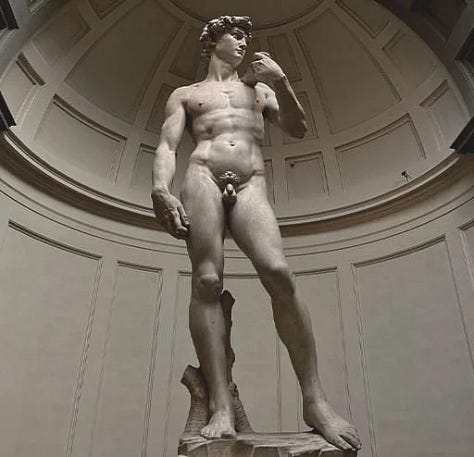
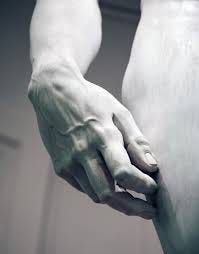
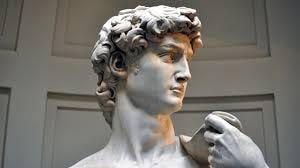
Artists have been captivated by the human form since we first picked up a chunk of charcoal and drew on cave walls. From the Venus of Willendorf, carved some 30,000 years ago, to Michelangelo's David, to Manet's "Olympia," nudity in art has been a constant. It's not just about titillation—the human body has been a vehicle for exploring beauty, vulnerability, power, and the human condition itself.
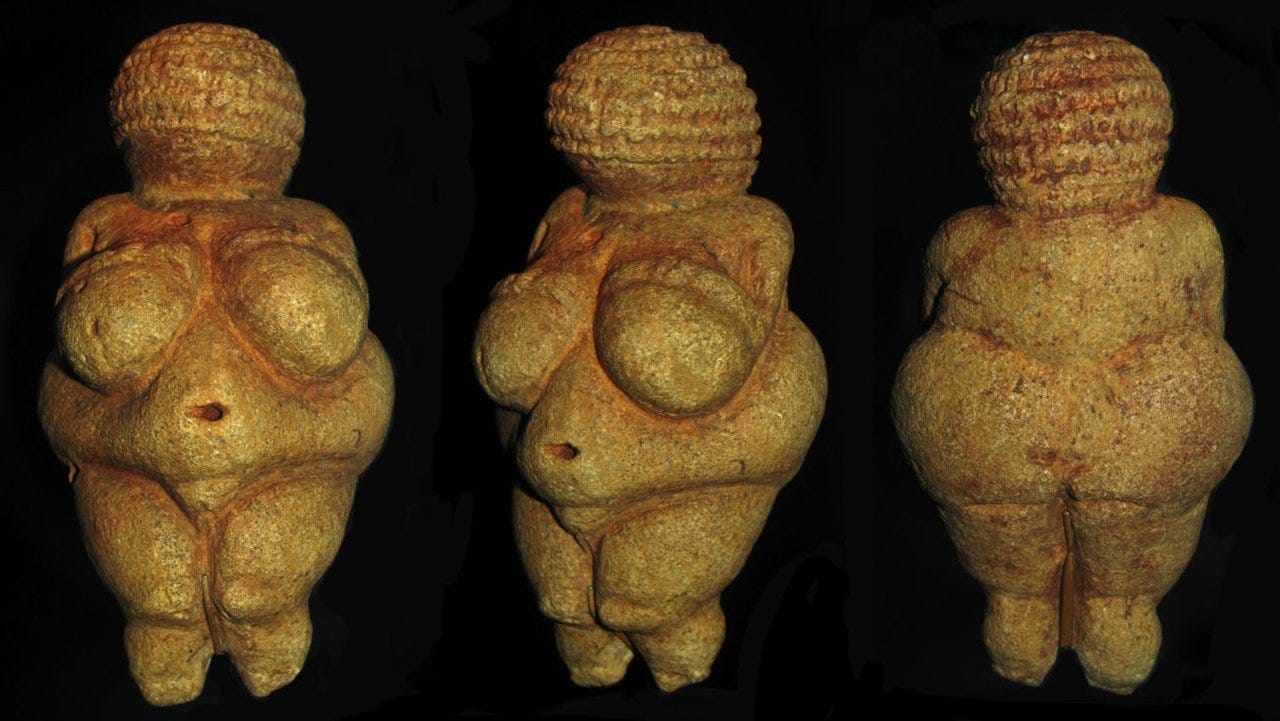
Consider the Greek sculptures that defined classical beauty. Or Rembrandt's unflinching self-portraits that showed the aging human body in all its imperfect glory. Think of the voluptuous figures in Rubens' paintings, or the raw emotion in Rodin's "The Kiss." These works aren't just aesthetically pleasing—they're commentaries on what it means to be human.
Fast forward to today. AI is revolutionizing how we create art, offering tools that can generate images from text prompts with astonishing speed and variety. It's democratizing creativity, allowing anyone with an idea to bring it to visual life. But there's a catch: many of these AI tools come with built-in censorship that would make a Victorian blush.
The irony is palpable. We're enhancing our ability to create while simultaneously restricting what we're allowed to create. And these restrictions aren't based on any universal moral code or legal requirement—they're often just the personal or corporate preferences of the companies developing these tools.
This prudishness isn't just frustrating—it's limiting our artistic expression and our ability to engage with our cultural heritage. How can we fully explore the history of art if we can't recreate or reinterpret some of its most iconic works? How can we push the boundaries of creativity if certain subjects are off-limits from the start?
The female form, in particular, has been a source of inspiration for artists throughout history. From the sensual curves of Ingres' "Grande Odalisque" to the cubist deconstruction in Picasso's "Les Demoiselles d'Avignon," the female body has been celebrated, critiqued, and reimagined countless times. It's not just about beauty—it's about power, identity, and the changing perceptions of women in society.
But in the world of AI art, we're often left with a sanitized, G-rated version of the human form. It's as if we're trying to paint with half our colors missing.
This isn't to say that all AI art needs to include nudity, or that there's no place for family-friendly content. But art has always pushed boundaries, challenged norms, and sometimes made us uncomfortable. That's often where its power lies.
The Renaissance wasn't just about beautiful pictures—it was about a radical shift in how we saw ourselves and our place in the world. Artists like Leonardo da Vinci studied human anatomy in depth, using this knowledge to create more realistic and expressive art. This pursuit of knowledge and representation of the human form was integral to the Renaissance's spirit of inquiry and humanism.
If we're truly on the cusp of an AI Renaissance, we need to embrace that same spirit of fearless exploration. We need tools that don't shy away from the full spectrum of human experience and expression.
This isn't just about recreating classical nudes. It's about having the freedom to explore themes of body positivity, to challenge beauty standards, to create art that speaks to the full range of human experiences. It's about being able to address serious issues like censorship, body shame, and sexual health through art, just to name a few.
The solution isn't simple. AI companies have valid concerns about their tools being misused for harmful content. But the answer can't be blanket censorship. We need more nuanced approaches that can distinguish between artistic expression and exploitation, that can understand context and intent.
Until we solve this, we're not really in an AI Renaissance. We're in an AI Dark Age, where certain forms of expression are locked away, deemed too dangerous or controversial for the digital realm.
The true Renaissance painter didn't just copy what came before—they built on it, challenged it, reimagined it. They weren't afraid to look at the world, and humanity, with fresh eyes. If AI is to truly revolutionize art, it needs to be equally fearless.
So here's to the day when AI can handle a nude Venus rising from the waves, or a David standing proud in his marble skin. Here's to tools that trust artists to create responsibly, that understand the difference between pornography and a Picasso. Here's to an AI that's not afraid of the human body in all its messy, beautiful reality.
Because until then, we're not just missing out on recreating classic artworks. We're missing out on the next evolution of artistic expression. We're cutting ourselves off from a vital part of what makes us human.
The AI Renaissance is coming. But first, it needs to take off its parka.


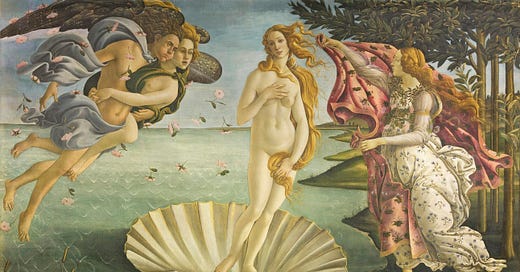



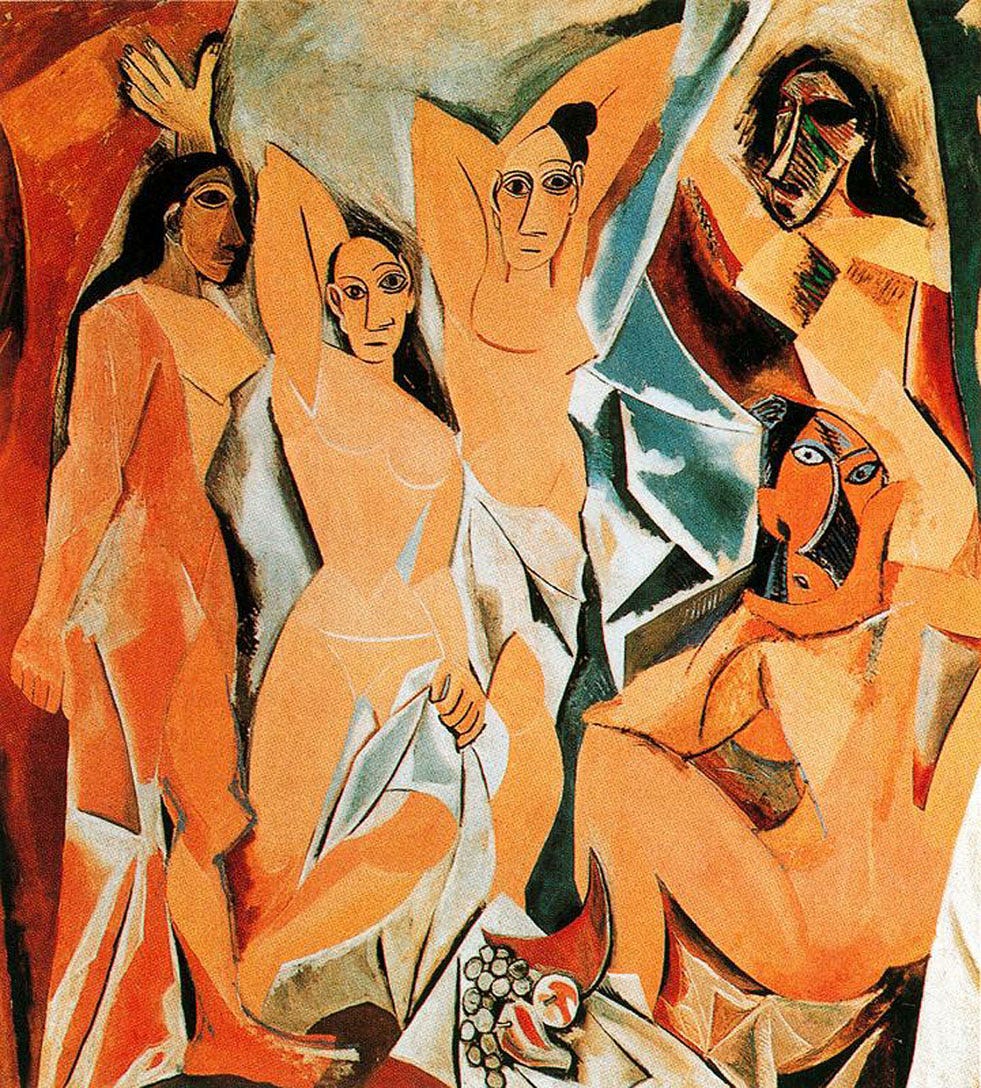
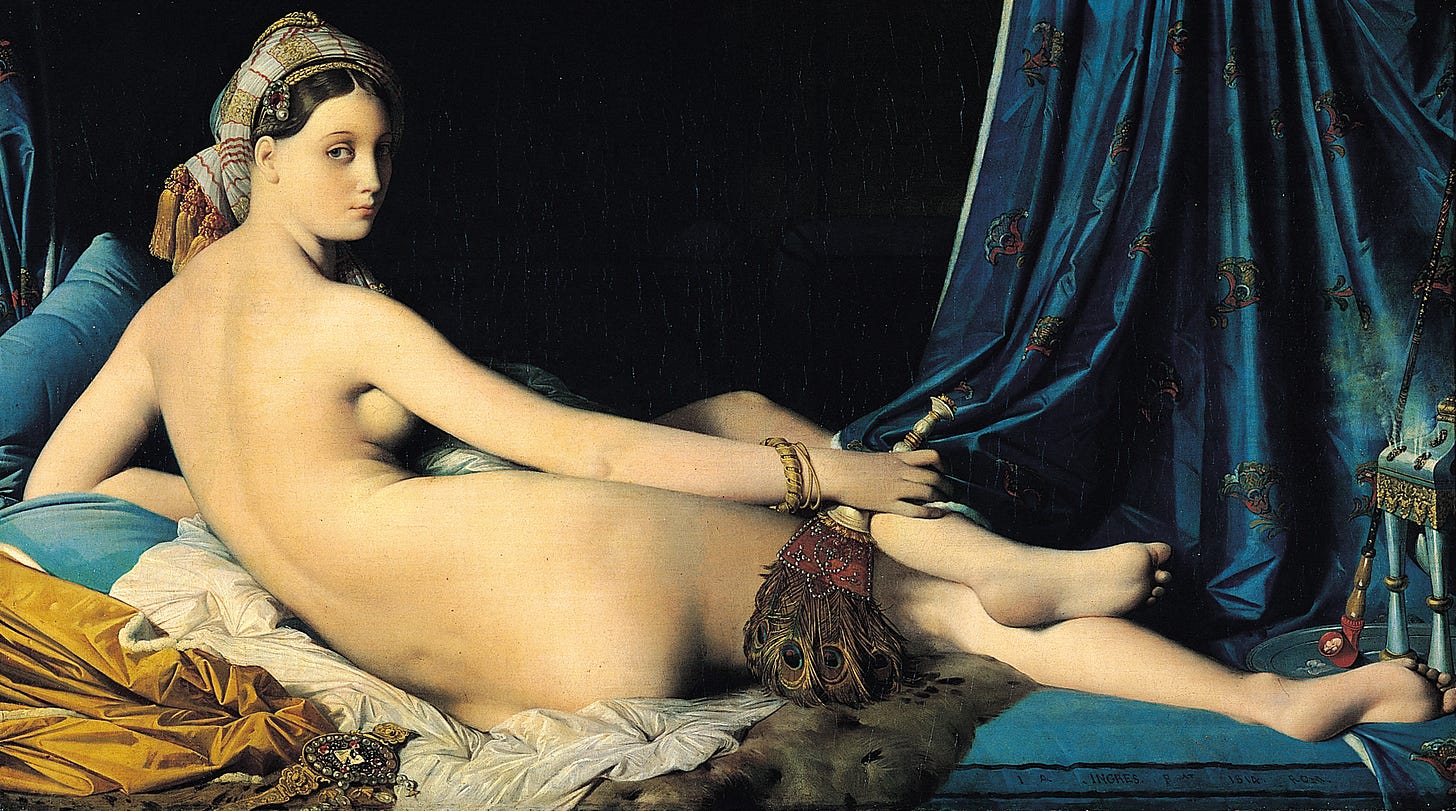
This is very powerful point about why AI art should be freer. This isn't to be pornographic as you explain, but truly artistic. I will share this.